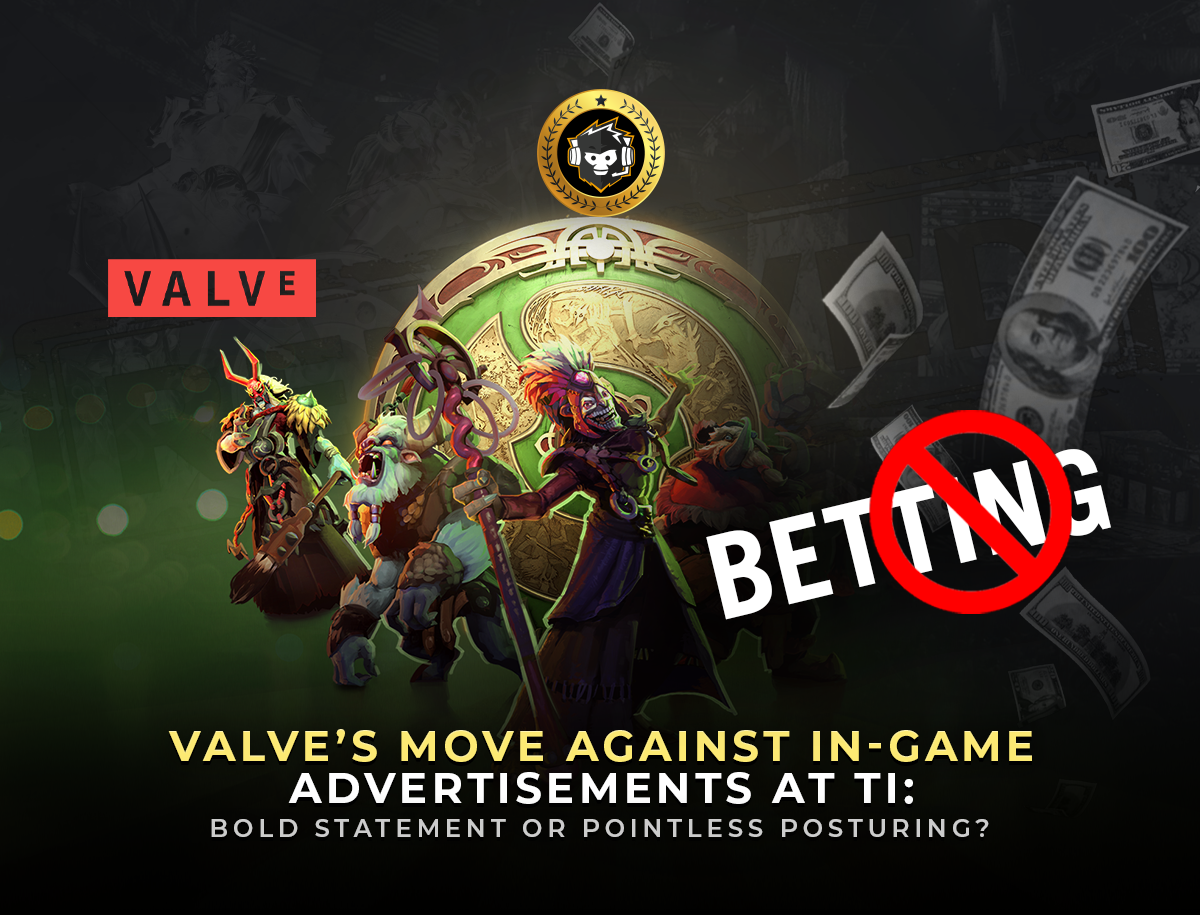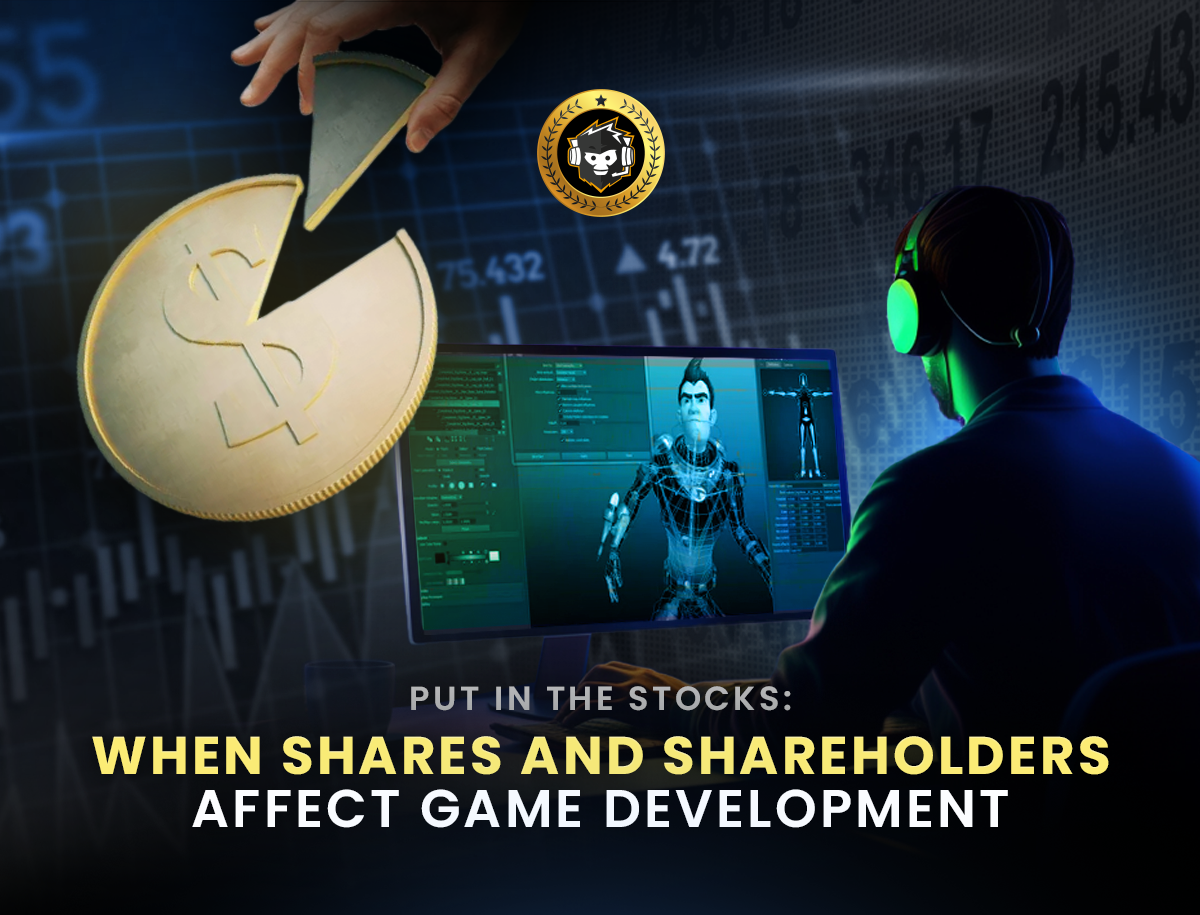Less than two weeks before the start of its biggest (and only self-sponsored) Dota 2 tournament, The International 2024, Valve announced that it would be. This meant that primarily three forms of in-game advertising, banners hanging outside of bases, logos sitting on high ground, and player name tags, would have to remove all references to sponsors.
The reason stated for this move was to allow fans to experience The International, which is a pet project of Valve and one of the few things still directly controlled by them in the eSports space, without distractions and confusion. In-game names will not have sponsors’ names on the front or back, clan tags, and in-game graphics will not contain advertisements.
The move immediately caused a stir in the Dota 2 scene, as teams scrambled to find ways to fulfill sponsor obligations, knowing that ads were now banned. After all, some of these deals had been in the works for months, and were supporting the team’s appearance at TI13 in the first place. Some saw this as a targeted move against gambling sponsors, and even, to a lesser extent, the viability of the Dota 2 scene as a whole. By banning these sponsors, it put teams and sponsors in a difficult spot, and earned only mild praise from fans and community members who perhaps misunderstood its application.
It was a statement. Valve didn’t like how things were being done. But the ban affected more than gambling. It affected sponsorships involving World of Warcraft, PC peripherals, and accessories, and cryptocurrency platforms; it may have killed other sponsorships altogether. And The International wasn’t ad-free. On the broadcast, fans still had to endure Twitch and YouTube ads. Secret Lab’s chairs and peripherals were clearly on display throughout the event. And, of course, there were still ads on players’ jerseys.
So what was the issue then? Was this a bold statement by Valve saying it didn’t care about a certain type of sponsor, and some “acceptable” brands got caught up in the mix? A bigger move by the company to try to shape esports the way it wanted? Or did Valve exert what little power it had over the last event on the Dota 2 calendar that it has any control over? And furthermore how were teams affected and what sponsorships did they lose?



